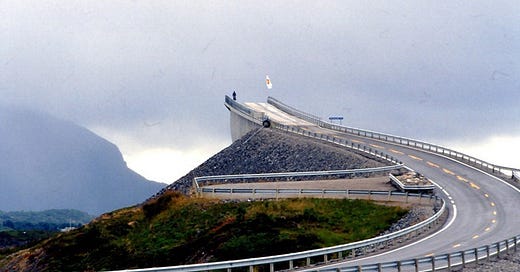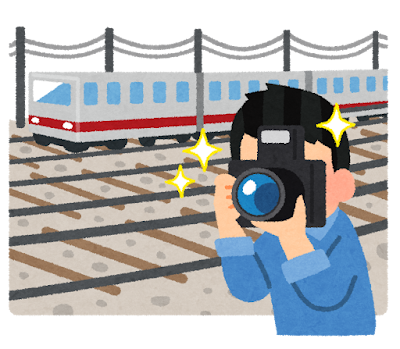How Japan Created the World’s Most Profitable Infrastructure
Japan's debt is sky-high, but its infrastructure is strikingly profitable
Despite having one of the highest debt levels in the world, it also boasts some of the most profitable highways and public transit systems on the planet.
How does a country with so much debt pull this off?
I admit that I am an infrastructure Otaku (ultra-nerd), after living in Japan for a decade and covering it up close, I’ve seen firsthand how the country’s approach to roads, trains, and urban planning turns what many countries treat as money pits into actual profit centers.
So what’s the secret?
It comes down to three key ingredients:
Super dense cities
Highways that charge money
Profitable public transit
Sure, Japan has many so-called “bridges to nowhere” projects. But overall, there is an incredible lesson to be had about efficiency here, a lesson that should be replicated world-over.
Let’s dive in and see what lessons we can draw, especially if you’re looking at the US with its endless traffic jams, underfunded subways, and constant political fights over who pays for all of it.
1. Super dense cities - Why packing people together pays off
Most major Japanese cities are incredibly dense.
Take Tokyo: 32 million people into an area that, compared to sprawling American metro regions, is relatively small.
This isn’t an accident. Japan’s zoning laws are more flexible, allowing shops, offices, and apartments to coexist in the same area. That means more people can walk or bike to the nearest train station, which is usually just around the corner.
Keep reading with a 7-day free trial
Subscribe to KonichiValue Japan to keep reading this post and get 7 days of free access to the full post archives.





